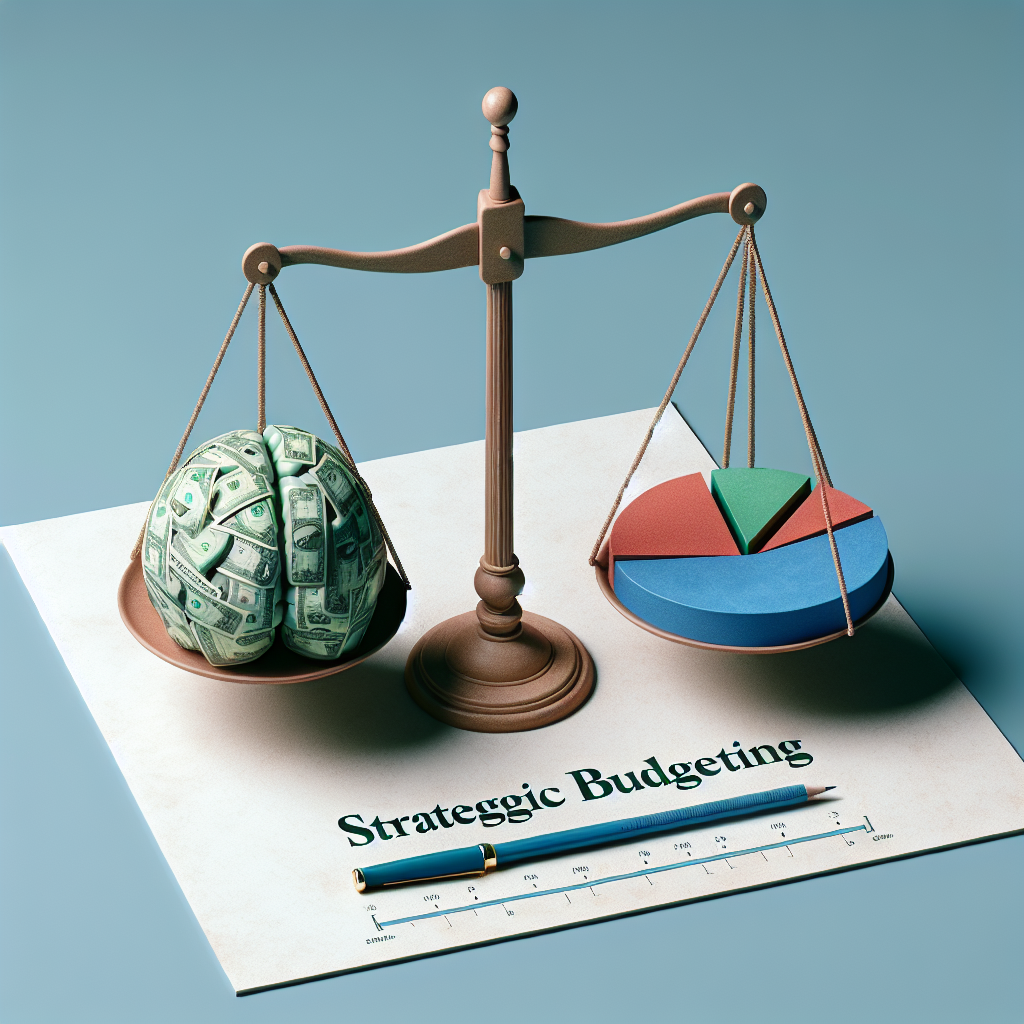Learn how beginners can build a budget smartly with this comprehensive guide covering personal finance, money management, savings goals, and more.

Build a Budget is one of the most crucial financial skills that can help you achieve financial stability and control over your money. Whether you want to pay off debt, save for a major purchase, or simply manage your monthly expenses better, a well-structured budget is key. Many people avoid budgeting because they think it is complex or time-consuming, but the reality is that anyone can build a budget and stick to it with the right approach.
In this guide, you will learn how to create a budget step by step, track your expenses, and make necessary adjustments to reach your financial goals.
Before you begin creating a budget, it’s essential to understand why it’s important. A budget is a financial plan that helps you allocate your income effectively, ensuring you have enough money for essential expenses, savings, and leisure activities. Some benefits of budgeting include:
Now that you understand the importance of budgeting, let’s dive into the process of building one from scratch.
The first step in creating a budget is to determine how much money you earn. Your income includes all sources of earnings, such as:
It’s important to have an accurate picture of your total income so that you can create a realistic budget. If your income varies each month, take an average of the past three to six months to get a reasonable estimate.
Next, you need to categorize and list all your monthly expenses. Expenses can be divided into two main categories:
These are expenses that remain the same every month and are non-negotiable. Examples include:
These are expenses that fluctuate depending on your spending habits. Examples include:
If you’re unsure about your monthly expenses, review past bank statements and receipts to track your spending patterns.
Before allocating money to different categories, it’s crucial to define your financial goals. These can be:
Having clear goals will help you prioritize your spending and make better financial decisions.
Now that you have a clear understanding of your income, expenses, and financial goals, it’s time to create your budget plan. A simple way to structure your budget is the 50/30/20 Rule:
If the 50/30/20 rule doesn’t suit your financial situation, you can adjust the percentages accordingly.
A budget is only effective if you stick to it. To ensure you’re on track, you need to monitor your spending regularly. You can do this by:
Tracking your expenses will help you identify areas where you might be overspending and make necessary adjustments.
Your budget should be flexible and adaptable to changes in your financial situation. If you find that you’re spending too much in a particular category, look for ways to cut costs. Some cost-cutting tips include:
Unexpected expenses can arise at any time, and having an emergency fund will prevent you from going into debt. Aim to save at least three to six months’ worth of living expenses in a separate savings account. This fund can be used for:
If you have outstanding debts, creating a debt repayment plan is essential. There are two common debt repayment methods:
Choose a method that suits your financial situation and stick to it consistently.
A budget is not a one-time activity; it requires regular review and adjustments. Check your budget monthly to see if you’re on track and make changes when needed. Stay committed to your financial goals and celebrate small achievements along the way.
Building a budget is a powerful step toward financial freedom. By following these steps, you’ll be able to take control of your money, reduce financial stress, and achieve your financial goals. Remember, the key to successful budgeting is consistency and discipline. Start today, and your future self will thank you!
Looking to advertise, promote your brand, or explore partnership opportunities?
Reach out to us at
[email protected]












Chose where you want to study, and we will let you know with more updates.